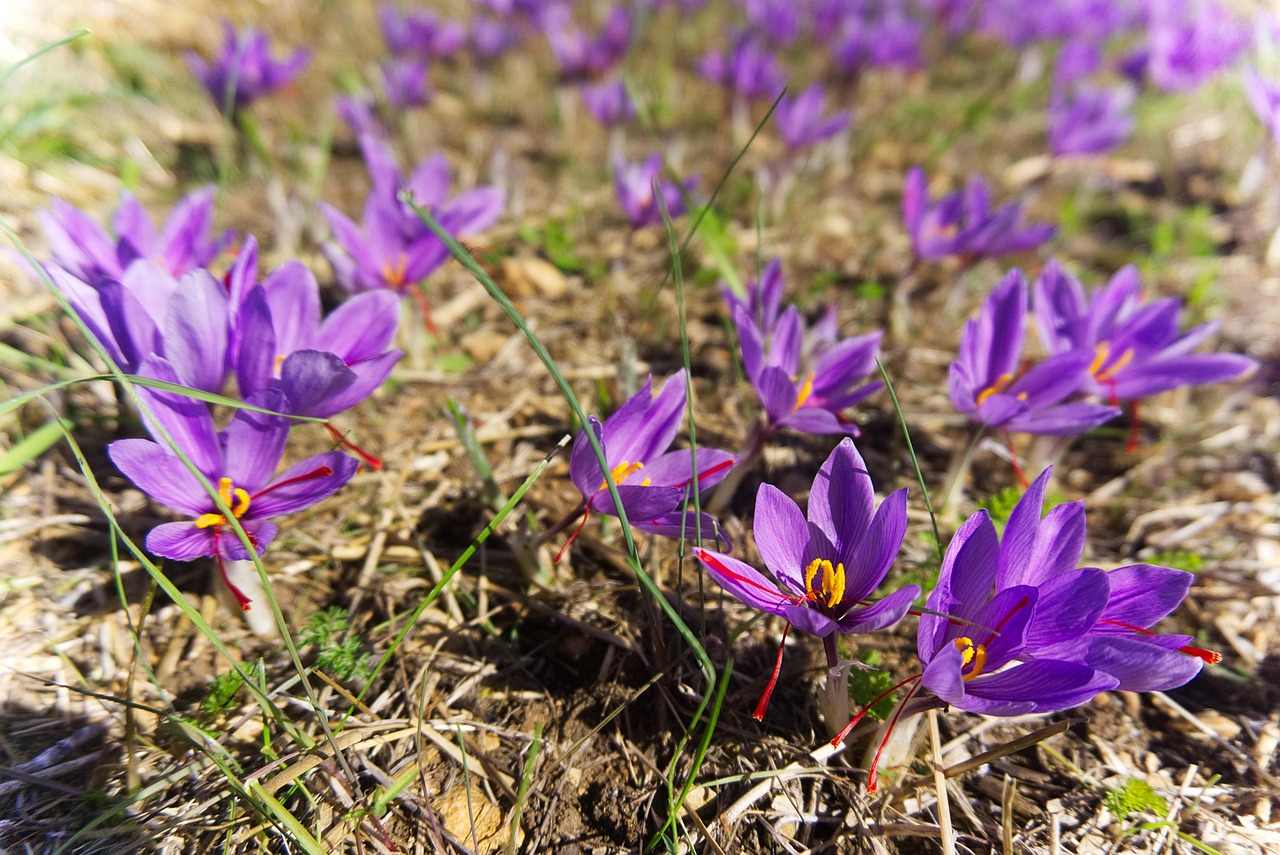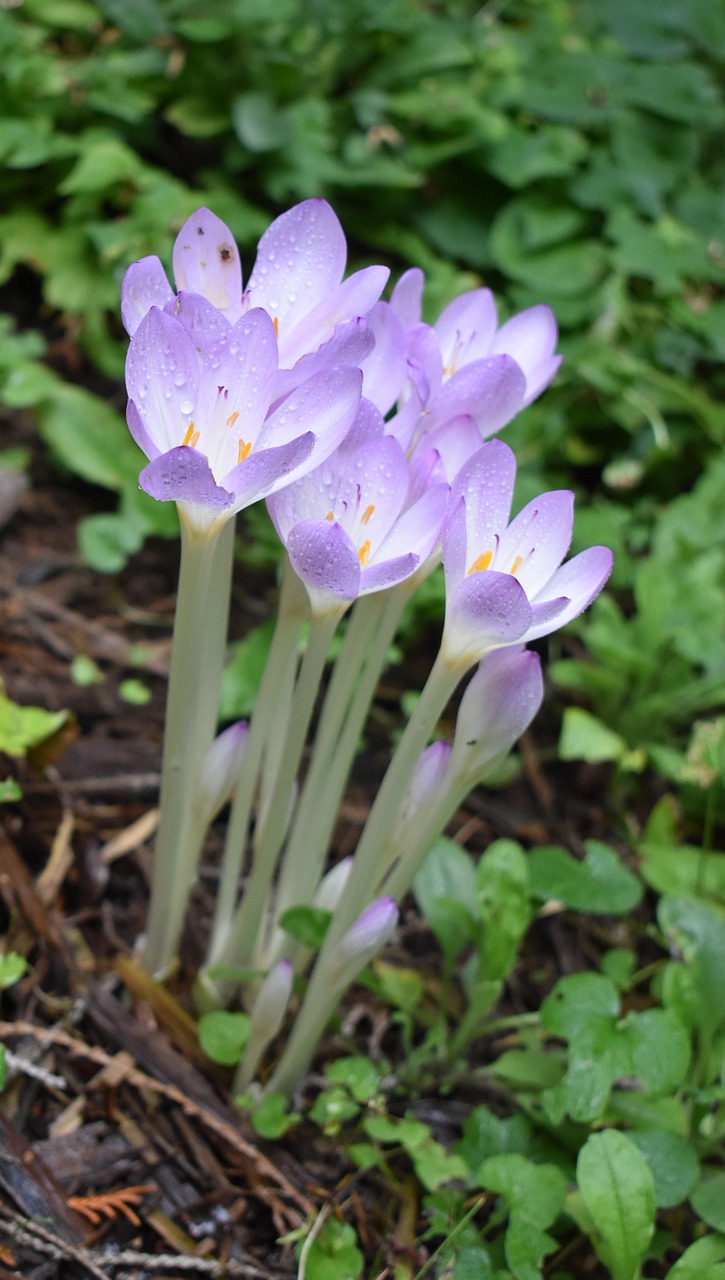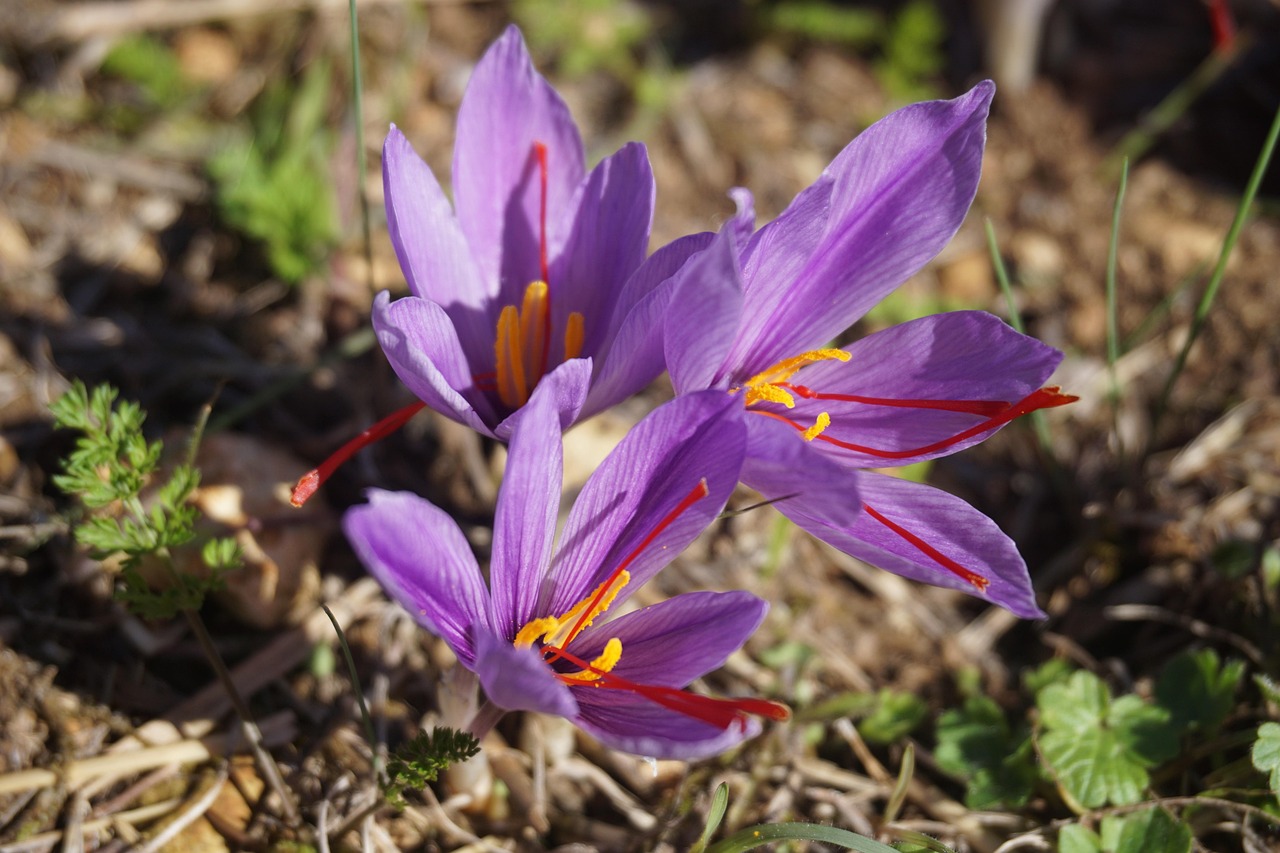As autumn tiptoes in and the days grow shorter, most gardeners start packing up their tools, assuming the show is over until spring. But what if you could plant something now — right now — and still enjoy vibrant blooms before the first snowflakes hit the ground?
Yes, it’s absolutely possible.
There are fall bulbs that grow fast. Not the usual slow burners that tease you until April, but varieties that burst to life quickly and reward your effort before winter locks the soil. This guide dives into exactly which bulbs to plant for fast, late-fall color — and how to get the timing just right.
Let’s breathe some last-minute life into your garden.

Why Plant Fall Bulbs That Bloom Quickly?
Not all bulbs wait until spring. Some are built for speed — giving you a flash of color in late fall or early winter if timed right.
What Makes a Bulb “Fast-Blooming”?
Fast-blooming fall bulbs are:
- Quick to establish roots in cooler soil
- Able to flower within weeks (not months)
- Hardy enough to handle light frost or early snow
- Typically small but highly impactful in mass plantings
These aren’t just filler plants — they’re scene-stealers that add unexpected charm just before your garden goes to sleep.
The Best Fall Bulbs That Bloom Fast — Before the Snow Falls!
Ready to meet your garden’s last-minute heroes? These fall bulbs are known for their speed, resilience, and dazzling performance in the twilight of the season.
1. Autumn Crocus (Colchicum autumnale)

The classic surprise bloomer.
Despite its name, the autumn crocus isn’t a true crocus — but it behaves like one. Plant the bulbs in early fall, and they’ll often start blooming in just 2–3 weeks.
Why it works:
- Blooms even before the foliage appears
- Can flower in as little as 14 days
- Purple to pink hues bring warmth to chilly days
Planting tip:
- Prefers well-drained soil and partial shade
- Space bulbs at least 6 inches apart for best effect
2. Fall-Blooming Crocus (Crocus sativus, Crocus speciosus)

Tiny but mighty.
Unlike the spring varieties, these crocuses bloom late — and fast. The famous saffron crocus (Crocus sativus) also gives you a bonus: edible saffron threads.
Why it works:
- Flowers appear just weeks after planting
- Hardy to early frosts
- Small blooms, but vibrant and cheerful
Planting tip:
- Choose a sunny, protected spot
- Don’t plant too deep — 3 inches is enough
3. Sternbergia lutea (Autumn Daffodil)
A golden flash before winter.
These bright yellow flowers resemble mini daffodils, and they bloom fast in late fall. Native to the Mediterranean, they love warm autumn days but tolerate light frost.
Why it works:
- Flowers within 3–4 weeks
- Bright golden blooms cut through the gray
- Adds an unexpected daffodil look in autumn
Planting tip:
- Needs well-drained, sandy soil
- Plant bulbs 4–5 inches deep and avoid waterlogged areas
4. Cyclamen hederifolium
Delicate, woodland charm.
This hardy cyclamen blooms in early to mid-fall, even before its ivy-like leaves fully emerge. Though small, it makes a big impression in shaded spots under trees.
Why it works:
- Flowers often appear in 2–3 weeks
- Resilient to cold nights
- Flowers are pink, magenta, or white — very romantic
Planting tip:
- Plant shallowly — just 1–2 inches deep
- Works best in part-shade or woodland gardens
5. Colchicum ‘Waterlily’
A frilly, feminine finale.
If you love showy, peony-style flowers, Colchicum ‘Waterlily’ is your bulb. Despite its lush look, it’s fast to bloom and very low maintenance.
Why it works:
- Blooms without foliage — pure flower power
- Petals have a soft, layered effect
- Can flower in just a couple of weeks
Planting tip:
- Choose a sunny to part-shade location
- Plant in groups of 3 or more for visual impact
How to Time It Right (So They Actually Bloom Before Snow)
Here’s the thing — fast-blooming bulbs won’t do their job if you plant them too late. Timing is everything.
When Should You Plant Fall Bulbs?
- Early to mid-fall is the sweet spot
- Ideally 6–8 weeks before your ground freezes
- In most regions, this means late September to early November
Use your local first frost date as a reference. You want the bulbs to root quickly while the soil is still workable and above 50°F (10°C).
What Happens If It Snows Early?
Some fast-bloomers are surprisingly resilient. A light snow cover won’t stop them, but a hard freeze might. If you’re in a colder zone:
- Plant earlier than you think
- Choose the hardiest bulbs (like Crocus speciosus or Sternbergia)
- Consider raised beds or containers for extra protection
Bonus: Use Containers for Speed and Style
Short on space or time? Containers are your best friend.
Why Containers Work for Fall Blooming Bulbs:
- Soil warms faster than ground soil
- You can move them indoors or under cover during a hard freeze
- They make stunning porch or balcony displays
Best Container Tips:
- Use draining soil, never heavy clay
- Add grit or perlite to encourage fast rooting
- Cluster 10–15 bulbs in a pot for dense, colorful impact
Combine for a Layered Fall Garden
You don’t have to choose just one. Pair different fast-blooming bulbs for a longer display.
Here’s a Sample Mix to Try:
Early fall: Cyclamen hederifolium
Mid-fall: Autumn Crocus & Colchicum ‘Waterlily’
Late fall: Fall-blooming Crocus & Sternbergia
This combo will give you continuous bloom progression, with something popping up every few weeks — a surprise party of color just before winter.
Common Mistakes to Avoid
Even fast bloomers can fail if the basics aren’t right.
What Should You Watch Out For?
- Planting too deep: Many fall bulbs like shallow planting
- Poor drainage: Wet soil equals rot
- Waiting too long: Timing is critical
- Crowding bulbs: Give each one breathing space
- Using poor-quality bulbs: Always start with healthy, firm bulbs
FAQs: Quick Answers for Last-Minute Gardeners
Can I plant these bulbs after the first frost?
It depends. If the ground hasn’t frozen solid and your bulb variety is frost-tolerant, yes. But results are less reliable. Earlier is always better.
Will they bloom again next year?
Most of them will — especially Colchicum, Cyclamen, and Crocus. Just leave the foliage intact after bloom so it can recharge.
What if it rains a lot in fall?
Too much moisture is a risk. Choose raised beds, containers, or amend your soil with sand or gravel to improve drainage.
